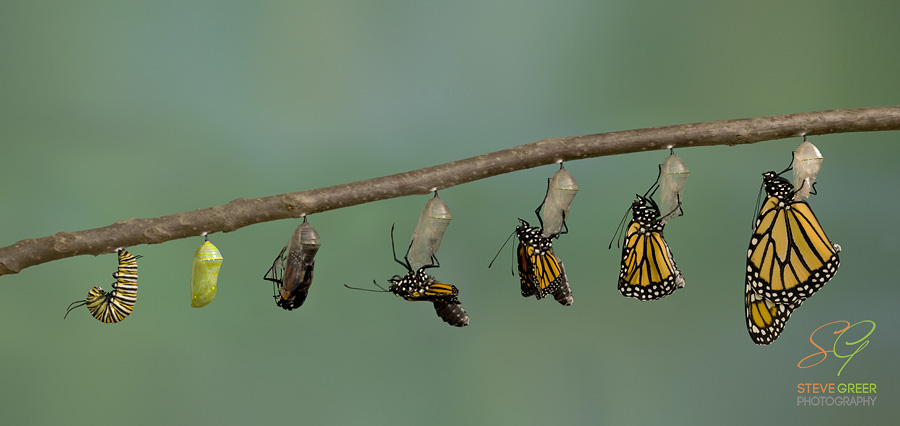All living things are made of at least one of these.
What are cells?
The reason why viruses are not living things.
What is they are not made of cells and cannot reproduce without a host?
The smaller building blocks of polymers.
What are monomers?
The function of nucleic acids.
What is storing genetic information?
The term used for environmental factors that are living.
What is 'biotic factors'?
The ability of organisms to pass their traits to their offspring.
What is the ability to reproduce?
The type of cell that does not have a nucleus or membrane-bound organelles.
What is a prokaryotic cell?
These biomolecules are a source of quick energy for cells and are made up of C,H, and O atoms.
What are carbohydrates?
The monomer of carbohydrates.
What are monosaccharides?
Where cells come from.
What are preexisting cells?
The characteristic of life is represented by the photo.
What are growth and development?
Three things that all cells have.
What are ribosomes, cytoplasm, plasma (cell) membrane, and DNA?
The building blocks of lipids.
What are glycerol and fatty acids?
Examples of nucleic acids.
What are DNA and RNA?
The term that describes an organism that is made up of many cells.
What is multicellular?
The characteristic of living things is depicted in the picture is an example of ___.
What is response to the environment/stimuli?
All cells of an organism have the same DNA in them, but individual cells use specific parts of the DNA to develop into the structure that fits their specific function in the organism. This is called ____.
What is cell differentiation?
The biomolecule that is found in meats and beans. Its monomer is amino acids.
What is a protein?
What are long term energy storage, cell membrane structure, insulation, water repellant, water retention.
What we call disease-causing agents such as bacteria and viruses.
What are pathogens?
The maintenance of constant internal conditions such as temperature, blood sugar levels, and heart rate.
What is homeostasis?
The name of the virus cycle in which the virus (ex. HIV) has a dormant period before taking over its hosts' cells.
What is the lysogenic cycle?
The monomer and elements that make up nucleic acids.
What are nucleotides and C,H,O,N, and P?
The biomolucule that has R groups in its monomers.
What are proteins?
Non-cellular particle made of genetic material and proteins that can invade and kill cells.
What is a virus?